
Cubic Zirconia vs Crystal
Crystals are fascinating natural wonders that have captivated people for centuries. These solid materials have a unique structure where atoms are arranged in a highly ordered, repeating pattern. This gives crystals their distinctive shapes and remarkable properties. From the clear brilliance of quartz to the deep purple hue of amethyst, each type of crystal has its own beauty and allure. In this blog post, we'll explore the fascinating world of crystals, including their history, types, and uses.
What is Crystal?
Crystal is a beautiful and fascinating material that has captured human interest for centuries. It is a solid substance where atoms are arranged in a highly ordered, repeating pattern. This unique structure gives crystals their distinct shapes and properties.
What is Cubic Zirconia?
Cubic zirconia, often abbreviated as CZ, is a synthetic gemstone made from zirconium dioxide. It was first created in the 1970s in the Soviet Union and has since become popular as a diamond substitute due to its brilliance and affordability. Unlike natural diamonds, which are formed over millions of years, cubic zirconia is manufactured in a lab, making it more accessible and less expensive.
The History of Crystal
Crystal has a fascinating history that dates back thousands of years. Ancient civilizations, such as the Egyptians and Romans, valued crystals for their beauty and believed they held special powers. They used crystals in jewelry, decoration, and even in rituals. As time went on, artisans in places like Bohemia and England began to master the art of glassmaking, creating stunning crystal pieces that became popular among the wealthy.
In the 18th century, the discovery of lead glass made crystal even more brilliant and clear. Today, crystal is still cherished for its elegance and is often used in fine glassware, jewelry, and art, continuing a legacy that connects us to our past while adding beauty to our lives.
Crystal vs Cubic Zirconia: A Style Guide
Origin
Crystal, often referred to as "lead crystal," is made from glass that has been infused with lead oxide, which enhances its clarity and brilliance. Crystal can be found in various locations worldwide, including Brazil and China. Cubic zirconia is a synthetic gemstone created in laboratories. It is primarily made from zirconium dioxide and was first produced in the 1970s. Most CZ is manufactured in the United States, Australia, and Canada.
Chemical Composition
Crystal's chemical composition is primarily silicon dioxide (SiO₂), which is the same as regular glass, but with added lead oxide for improved sparkle. Cubic zirconia is composed of zirconium dioxide (ZrO₂). CZ is designed to mimic the appearance of diamonds and is known for its optical clarity and brilliance.
Hardness
On the Mohs hardness scale, crystal rates around 7, making it relatively soft and more prone to scratching and breaking compared to CZ. Cubic zirconia scores about 8.5 on the Mohs scale, which gives it greater durability and scratch resistance than crystal.
Color
Crystal is available in various colors and can have natural imperfections and inclusions that affect its appearance. The color can also be influenced by the background it is placed against. Cubic zirconia is typically produced to be colorless and flawless. CZ can be manufactured in a wide range of colors, often imitating other gemstones without impurities.
Durability
Crystal is more fragile due to its lead content and lower hardness. It is usually set using adhesive rather than prongs to prevent breakage. Cubic zirconia is more durable and resistant to damage. CZ can be set in intricate jewelry designs and withstands everyday wear better than crystal.
Price
Crystal is generally more affordable, but the price can vary based on its quality and the amount of lead used. High-quality crystal can still be expensive but is often cheaper than CZ. Cubic zirconia is also relatively inexpensive compared to diamonds, but it can be pricier than basic crystal due to its synthetic production and durability.
Different Types of Crystals
1. Quartz Crystal
Quartz is one of the most abundant minerals on Earth. It can be clear, white, or even colored, depending on impurities. Quartz crystals are known for their clarity and are often used in jewelry and electronics. They are believed to have healing properties and are popular in crystal healing practices.
2. Amethyst Crystal
Amethyst is a purple variety of quartz. Its beautiful color comes from iron and other trace elements. Amethyst is often associated with calmness and clarity of mind. Many people use it for meditation or to promote restful sleep.
3. Citrine Crystal
Citrine is a yellow to brownish-orange variety of quartz. It is known as the "merchant's stone" because many believe it brings prosperity and success. Citrine is also thought to boost confidence and creativity, making it a favorite among artists and entrepreneurs.
4. Obsidian Crystal
Obsidian is a volcanic glass that forms when lava cools quickly. It is usually black but can also be found in shades of brown and green. Obsidian is known for its protective qualities, helping to shield against negativity. It is often used in meditation to help with self-reflection.
5. Tiger's Eye Crystal
Tiger's eye is a golden-brown stone with a unique chatoyancy, which gives it a shimmering effect. It is believed to provide courage and strength, making it a popular choice for those facing challenges. Tiger's eye is also thought to promote balance and harmony.
Conclusion
Crystals are truly remarkable materials that offer both beauty and function. From the ancient Egyptians to modern-day crystal enthusiasts, people have long been drawn to the unique properties and allure of these natural wonders. Whether you're interested in the history of crystal, the different types available, or the various ways they can be used, there is much to discover in the fascinating world of crystals. So why not explore the crystal collection at your local store or online and find a piece that speaks to you? Who knows, it just might bring a little extra sparkle and magic into your life.
FAQs
Are there any crystals that are toxic?
Some crystals, like malachite and azurite, can be toxic if ingested or if their dust is inhaled; always handle with care.
How should I store my crystals?
Store crystals in a cool, dry place, preferably in a soft pouch or box to prevent scratches and damage.
Can I use multiple crystals together?
Yes, combining crystals can enhance their energies and create a synergistic effect, depending on your intentions.
What are the benefits of using crystals?
Crystals are believed to promote emotional balance, enhance spiritual growth, and provide energetic support for various intentions.
Can I give crystals as gifts?
Absolutely! Crystals make thoughtful gifts, especially when chosen with the recipient's needs or preferences in mind.
Are all crystals considered gemstones?
Not all crystals are gemstones. Gemstones are specific types of crystals that are valued for their beauty and rarity.
What is the Mohs scale of hardness?
The Mohs scale ranks minerals based on their hardness, with diamonds rated as a 10, making them the hardest known natural material.
Does CZ fade or lose its sparkle?
CZ can retain its sparkle over time if properly cared for, but it may dull if exposed to harsh chemicals or abrasive materials.
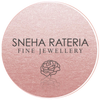
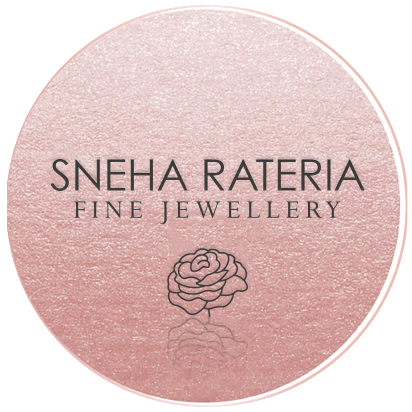
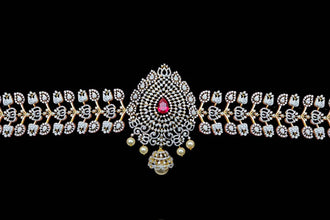
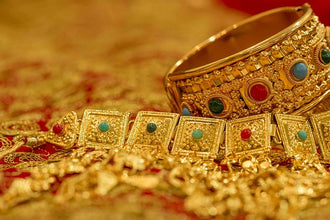
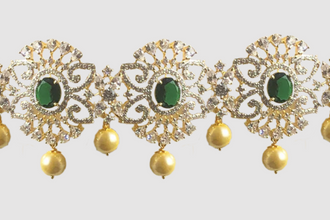
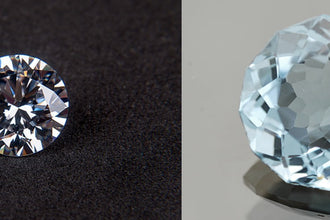
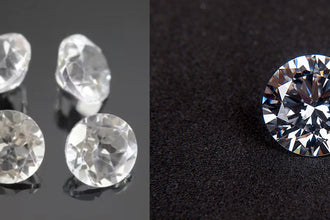
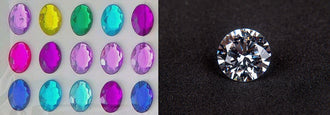

baltimorejewelrystore /
“I really enjoyed reading about the differences between cubic zirconia and crystal! It’s fascinating to see how cubic zirconia offers a more durable and brilliant alternative to traditional crystal. The clarity and sparkle of cubic zirconia make it an excellent choice for jewelry, especially for those seeking a diamond-like appearance at a more affordable price. On the other hand, crystal has its own charm and is often favored for its unique light-reflecting properties. This comparison truly highlights how both materials have their own merits depending on the context of use!”